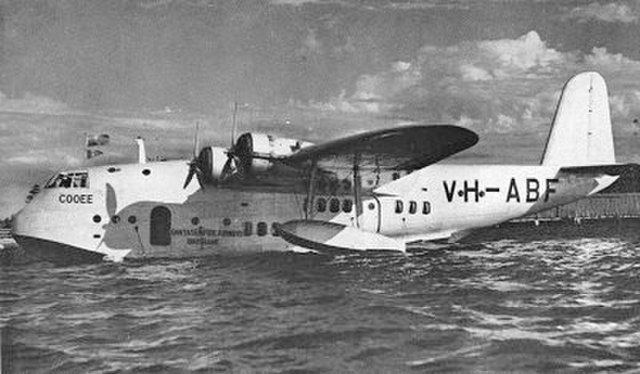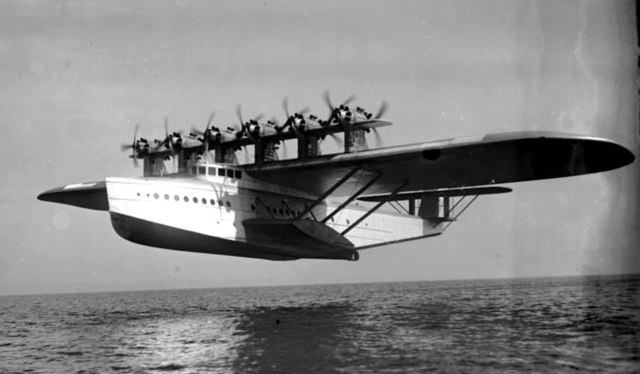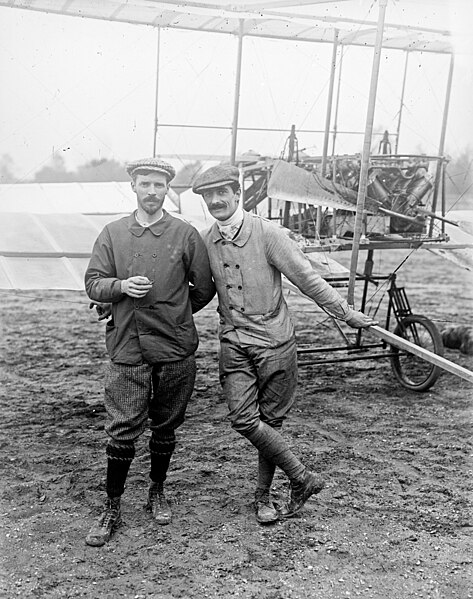Consolidated PBY Catalina
The Consolidated Model 28, more commonly known as the PBY Catalina, is a flying boat and amphibious aircraft designed by Consolidated Aircraft in the 1930s and 1940s. In US Army service it was designated the OA-10, in Canadian service as the Canso and it later received the NATO reporting name Mop. It was one of the most widely used seaplanes of World War II. Catalinas served with every branch of the United States Armed Forces and in the air forces and navies of many other nations. The last military PBYs served until the 1980s. As of 2021, 86 years after its first flight, the aircraft continues to fly as a waterbomber in aerial firefighting operations in some parts of the world.
Consolidated PBY Catalina
PBY waist gunner mounting port side gun blister (1942)
A radar-equipped PBY-5A from VP-6(CG) over Greenland, in 1945
PBY riding at sea anchor
A flying boat is a type of fixed-winged seaplane with a hull, allowing it to land on water. It differs from a floatplane in having a fuselage that is purpose-designed for flotation, while floatplanes rely on fuselage-mounted floats for buoyancy.
Short S23 "C" Class or "Empire" flying boat
A PBM Mariner takes off in 1942
Dornier X in 1932
Gabriel Voisin, air pioneer, next to Henry Farman (left), in 1908








